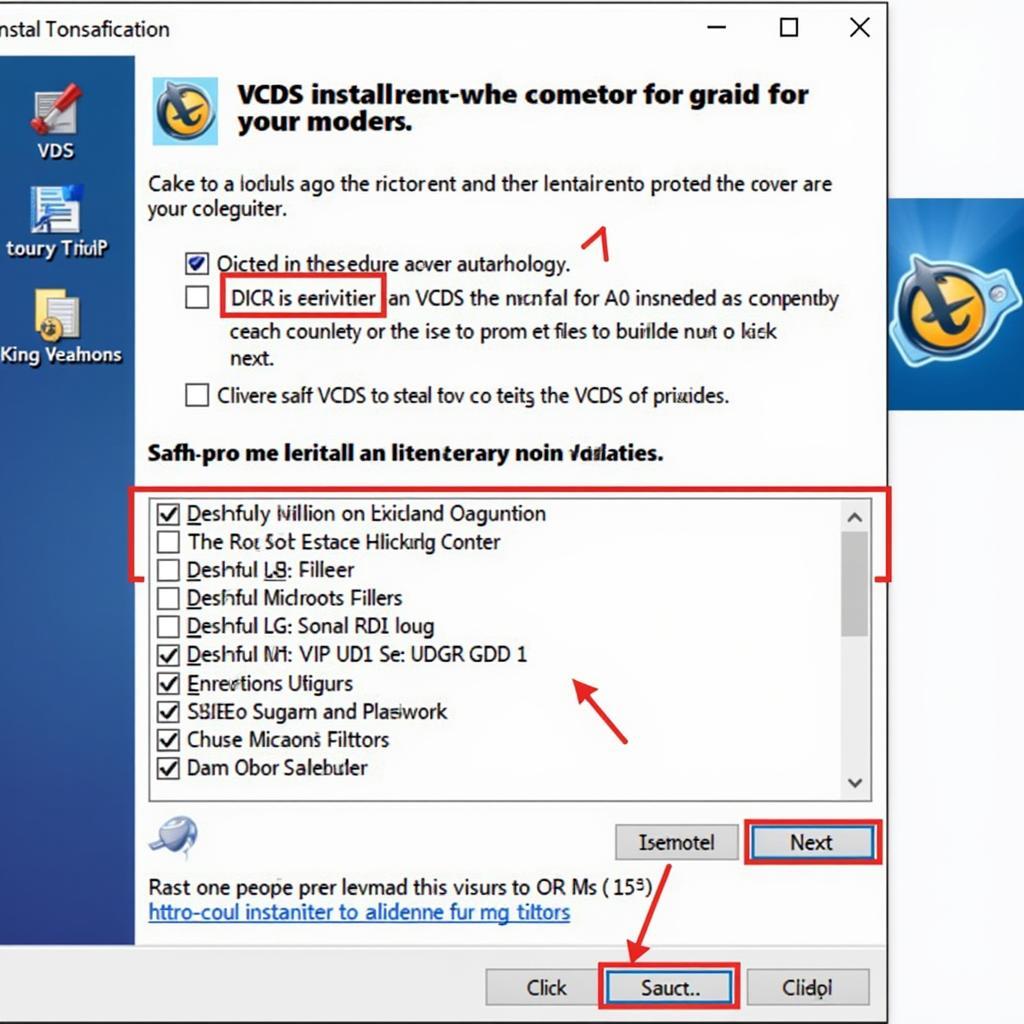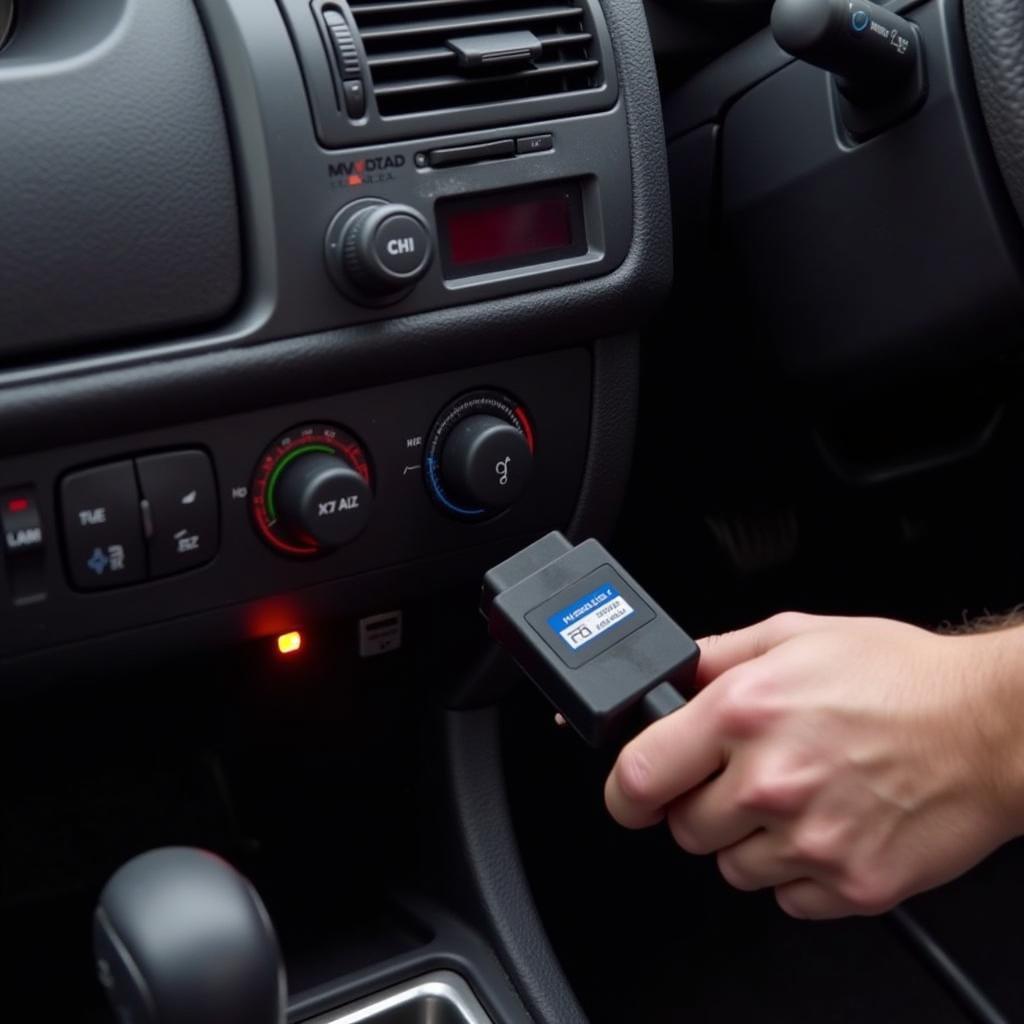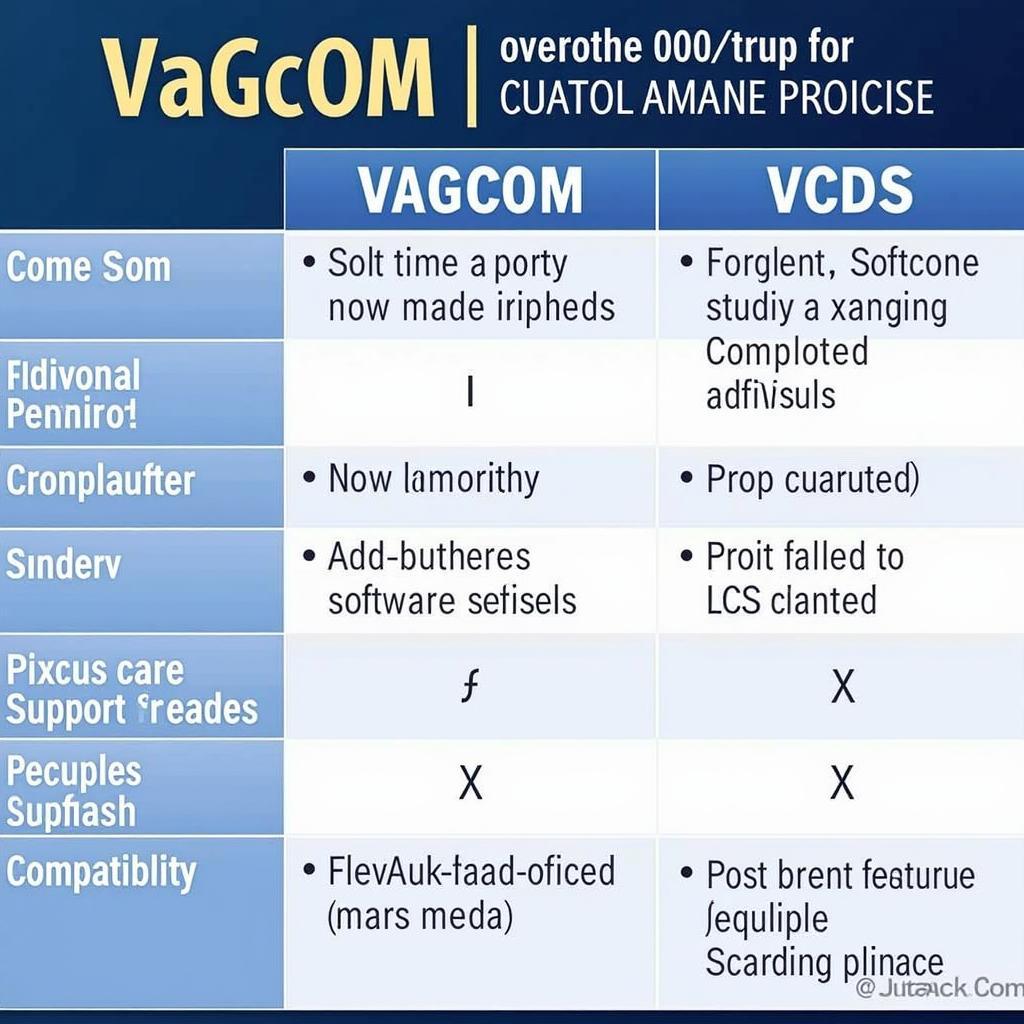Installing VCDS software correctly is crucial for effectively diagnosing and troubleshooting issues in Volkswagen, Audi, Seat, and Skoda vehicles. This guide will walk you through the entire process, from choosing the right cable to successfully connecting to your car’s control modules. We’ll cover everything from basic installation to more advanced configurations, ensuring you can get the most out of your VCDS system.
Getting started with VCDS involves selecting the appropriate interface cable, downloading the correct software version, and installing the drivers. These initial steps are critical for ensuring a smooth and successful installation process. After installing VCDS, you will need to configure the software and establish a connection with your vehicle’s onboard diagnostic system. This involves selecting the correct communication port and ensuring proper cable connection.
Choosing the Right VCDS Cable
Before you begin installing VCDS, it’s essential to select the correct interface cable. Genuine Ross-Tech cables are highly recommended for their reliability and compatibility. Counterfeit cables can often lead to connection issues and inaccurate diagnostic results. Choosing between a HEX-V2, HEX-NET, or HEX-USB+CAN interface depends on your specific needs and budget. Researching the features and capabilities of each cable will ensure a suitable investment.
After you’ve chosen and purchased your vw vcds cable, you can proceed with the software download and installation process.
Downloading and Installing the VCDS Software
Once you have your cable, download the latest version of the VCDS software from the official Ross-Tech website. Ensure you choose the correct version for your operating system (Windows, macOS, or Linux). The download process is straightforward, and the installer file is relatively small.
After downloading the vcds lite software, locate the installer file and double-click it to begin the installation process. Follow the on-screen prompts, accepting the license agreement and selecting the desired installation directory.
 Installing VCDS Software on Windows
Installing VCDS Software on Windows
Installing the Correct VCDS Cable Driver
Installing the correct drivers for your VCDS cable is essential for proper communication between your computer and your vehicle. The drivers are typically included with the VCDS software download. During installation, ensure the “Install USB Driver” option is checked. If you experience any driver-related issues, consult the Ross-Tech website for troubleshooting tips.
For detailed guidance, check out our dedicated guide on vcds cable driver installation.
Connecting VCDS to Your Vehicle
Connecting your VCDS interface to your vehicle is straightforward. First, locate the OBD-II diagnostic port in your car, typically under the dashboard on the driver’s side. Plug the VCDS cable into the OBD-II port and connect the other end to your computer’s USB port. Turn on your car’s ignition but do not start the engine.
 Connecting VCDS Cable to OBD2 Port
Connecting VCDS Cable to OBD2 Port
Testing the Connection and Running Diagnostics
After connecting the cable, open the VCDS software on your computer. Select the “Options” tab and then click “Test.” This will verify the connection between your computer, the cable, and your car’s control modules. If the test is successful, you can begin running diagnostics by selecting the appropriate control module from the main menu.
If you have trouble with the port, please have a look at our guide for vcds port not found.
What if VCDS Doesn’t Recognize My Cable?
If VCDS doesn’t recognize your cable, double-check the driver installation. Ensure you’re using a genuine Ross-Tech cable.
How Do I Update My VCDS Software?
Check the Ross-Tech website for the latest software updates. Download and install the new version, following the on-screen prompts.
Can I Use VCDS on Multiple Vehicles?
Yes, VCDS can be used on multiple VAG vehicles. With a vcds hex v2 unlimited vin, you can work on any number of cars.
“Using a genuine VCDS cable is paramount for accurate diagnostics,” says John Smith, Lead Automotive Diagnostic Technician at Smith Automotive. “Counterfeit cables can provide misleading information, leading to incorrect repairs.”
Conclusion
Installing VCDS is a relatively simple process that empowers you to perform advanced diagnostics on your VAG vehicle. Following these steps and using a genuine Ross-Tech cable will ensure a successful installation and accurate diagnostic results. Regularly updating your software will keep you informed about the latest features and improvements, ensuring your VCDS system remains a valuable tool for years to come.
“Regularly updating your VCDS software is just as important as using a genuine cable,” adds Sarah Jones, Senior Diagnostics Engineer at Jones Automotive Solutions. “New software versions often include critical updates for compatibility with newer vehicle models and enhanced diagnostic capabilities.”
FAQ
- What is VCDS? VCDS is a diagnostic software for VAG vehicles.
- Do I need a special cable for VCDS? Yes, you need a compatible interface cable.
- Where can I download the VCDS software? From the official Ross-Tech website.
- How do I install the VCDS drivers? The drivers are usually included with the software.
- What is the OBD-II port? It’s the diagnostic port in your car.
- Can I use VCDS on a Mac? Yes, there is a macOS version available.
- How do I update VCDS? Download the latest version from Ross-Tech.
Need help with VCDS installation? Contact us via Whatsapp: +1 (641) 206-8880, Email: [email protected] or visit us at 276 Reock St, City of Orange, NJ 07050, United States. Our customer service team is available 24/7.



